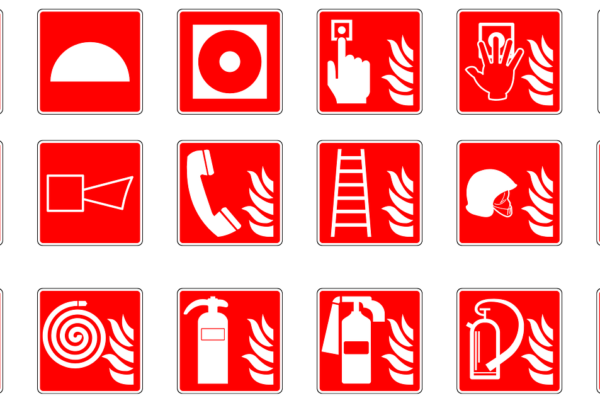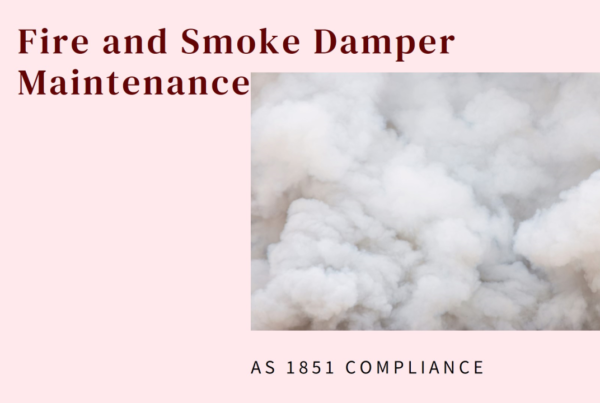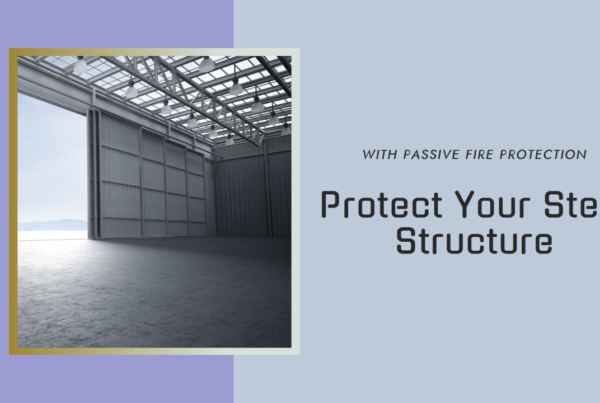Fire doors play a crucial role in building fire safety, creating barriers that slow fire and smoke spread. This gives occupants time to evacuate. Australia’s AS 1905 and AS 1851 standards ensure they are up to the task.
AS 1905: Construction and Installation of Fire Doors
AS 1905.1 sets the bar for constructing and installing fire-resistant doorsets. These doorsets fit into wall openings and must resist fire and smoke.
They must:
- Follow AS 1905.1’s specifications, preventing failure from radiation through glazed parts.
- Match a tested prototype that met the required Fire Resistance Level (FRL), ensuring real-world effectiveness.
- Use glazing that meets AS 1288 standards, with clear markings on any glazed panel that could be mistaken for an exit.
AS 1851: Maintenance Matters of Fire Doors
AS 1851 details maintenance routines for fire protection systems, including doorsets. Regular maintenance keeps fire doors functional and reliable.
Maintenance must-dos:
- Inspection for proper labeling and certification as per AS 1905, Part 1.
- Servicing every 3, 6, or 12 months, based on the door type.
- Follow thorough inspection, testing, preventive maintenance, and system surveys.
Responsibilities of Owners and Managers
Owners and managers must comply with AS 1905 and AS 1851, ensuring fire doorsets are ready for emergencies. Ignoring these standards risks legal issues and lives.
Conclusion
Doorsets safeguard lives and property during fires, highlighting the importance of passive fire protection. Complying with AS 1905 and AS 1851 is crucial for safety management. Owners and managers must know these standards and maintain fire doors regularly, maintaining building safety and occupant well-being.
For detailed guidance on fire doors as per AS 1905 and AS 1851, reach out to Cybil Consults. We adhere to the Australian Building Codes Board’s official documents and guidelines, ensuring our services meet these vital standards. Compliance is key to openings’ effectiveness in providing passive fire protection during emergencies.






